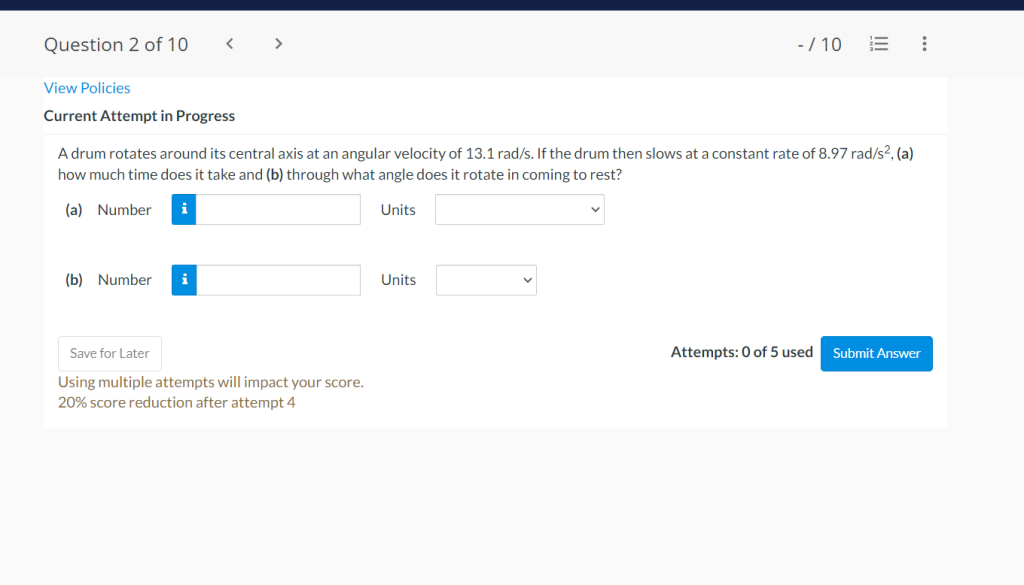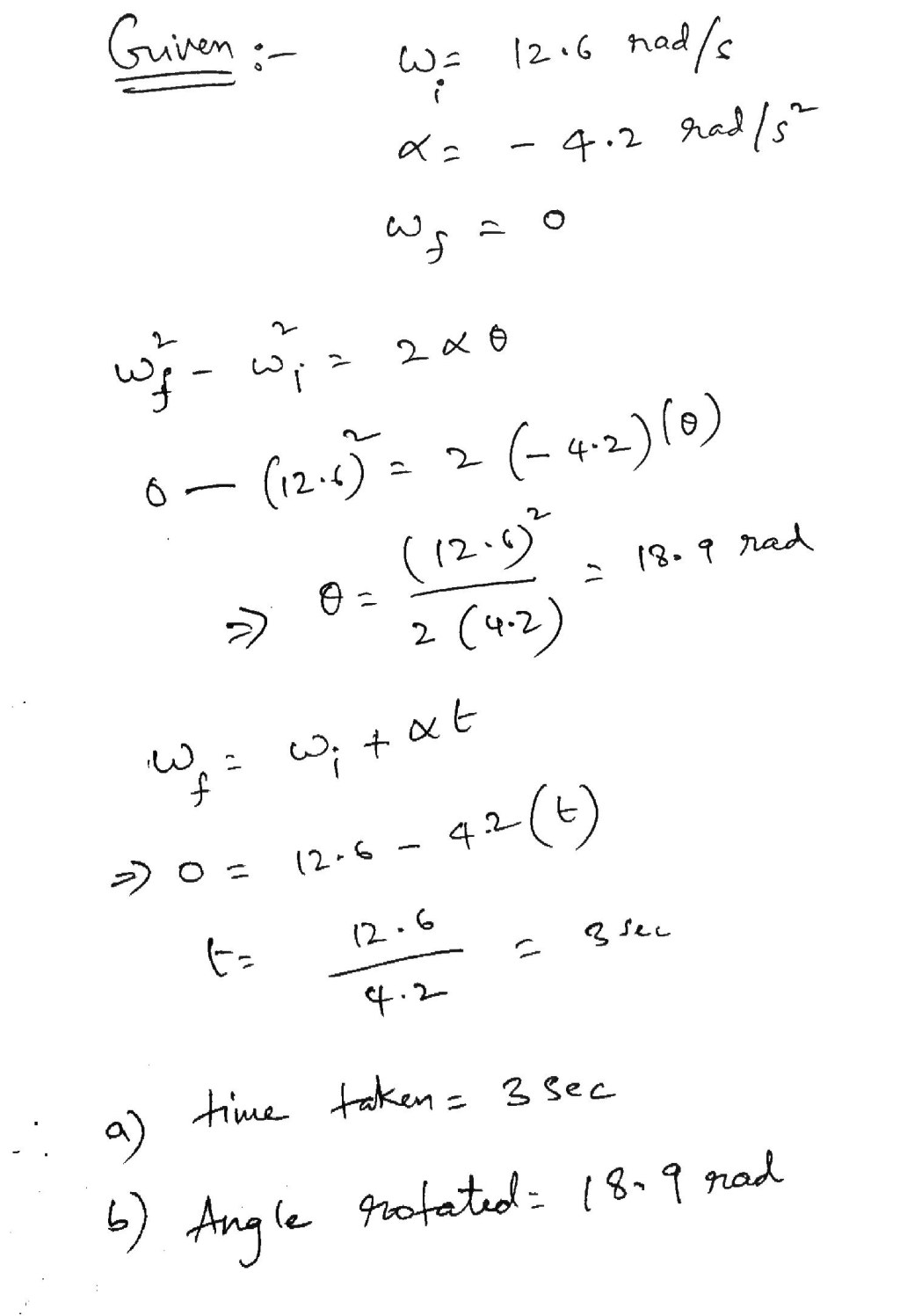A Drum Rotates Around Its Central: Exploring the Mechanics and Benefits
Greetings, Music Enthusiast! Today, we delve into the fascinating world of drums and their mesmerizing rotation around their central axis. As a drummer, you understand the importance of rhythm and precision, and the rotating drum is a testament to the intricate mechanics behind this beloved instrument. In this article, we will explore the various aspects of a drum’s rotation, its advantages and disadvantages, and provide answers to some frequently asked questions. So, let’s dive in!
Introduction
Drums have been an essential part of music for centuries, providing the backbone of rhythm in various genres. One captivating aspect of drums is their ability to rotate around their central axis. This rotational movement enhances the drumming experience and adds a visual spectacle to performances. To understand this phenomenon better, let’s explore the mechanics behind a drum’s rotation.
1. What is a Drum’s Rotation? 🥁

Image Source: cheggcdn.com
A drum’s rotation refers to its ability to spin around its central axis while being played. This rotation can be manual or automated, depending on the drum’s design. The rotation adds a dynamic element to the drumming experience, captivating both the player and the audience.
2. Who Uses Rotating Drums? 🎵
Rotating drums are widely used by drummers in various music genres, ranging from rock and pop to jazz and fusion. The rotating motion elevates the visual impact of the performance and complements the rhythm and beats produced by the drummer.

Image Source: amazonaws.com
3. When Did Drum Rotation Gain Popularity? ⏳
The use of rotating drums in performances gained popularity in the mid-20th century. Drummers like Gene Krupa and Keith Moon incorporated rotating drums into their performances, setting a trend that continues to this day.
4. Where Can You Find Rotating Drums? 🌍
Rotating drums can be found in various settings, from live concerts and music festivals to recording studios. They are often used as a focal point on stage, captivating the audience with their visual appeal.
5. Why Are Rotating Drums Used? ❓
The use of rotating drums serves multiple purposes. Firstly, it enhances the visual aspect of the performance, creating a captivating focal point on stage. Additionally, the rotation can highlight different sections of the drum, allowing the audience to appreciate the drummer’s technique and style.
6. How Do Rotating Drums Work? 🔄
The mechanics behind rotating drums involve a combination of motorized components and precision engineering. Motors or manual mechanisms are strategically placed within the drum to facilitate the rotation. The drum’s central axis is carefully balanced to maintain stability during the spinning motion.
Advantages and Disadvantages of Drum Rotation
Rotating drums offer unique advantages and also come with some limitations. Let’s explore both sides of the coin:
1. Advantages of Drum Rotation ✅
a) Visual Appeal: The rotation adds a visually captivating element to drum performances, making them more memorable for both the audience and the drummer.
b) Highlighting Technique: The rotation allows the audience to witness different angles of the drum, showcasing the drummer’s intricate technique and style.
c) Stage Presence: Rotating drums create a dynamic presence on stage, elevating the overall performance and engaging the audience.
2. Disadvantages of Drum Rotation ❌
a) Complexity: The addition of rotating mechanisms increases the complexity of the drum’s design and maintenance.
b) Cost: Drum rotation systems can be expensive, adding to the overall cost of the instrument.
c) Limited Drum Choices: Not all drum types and sizes are suitable for rotation, limiting the options available to drummers.
Frequently Asked Questions
1. Can I retrofit my existing drum set with a rotating mechanism?
Yes, it is possible to retrofit certain drum sets with rotating mechanisms, but it is essential to consult with a professional technician to ensure compatibility and proper installation.
2. Are rotating drums suitable for all music genres?
Rotating drums can enhance performances in various music genres, but it ultimately depends on the aesthetic and artistic vision of the drummer and the band.
3. Do rotating drums affect the sound quality?
When properly engineered, rotating drums have minimal impact on sound quality. However, it is crucial to ensure that the rotating mechanisms do not interfere with the drum’s natural resonance.
4. Are rotating drums more prone to damage?
With proper care and maintenance, rotating drums can be as durable as non-rotating drums. Regular inspections and adjustments are necessary to ensure the smooth operation of the rotating mechanism.
5. Can I control the speed of rotation on a drum?
Some rotating drum systems allow for speed control, either manually or electronically. This feature adds versatility to performances and enables drummers to create unique visual effects.
Conclusion
In conclusion, a drum’s rotation around its central axis adds a mesmerizing visual element to drum performances. Beyond the visual appeal, rotating drums highlight the drummer’s technique, engage the audience, and elevate the overall stage presence. However, it is essential to consider the complexity, cost, and limitations associated with rotating drums. If you’re a drummer looking to add a captivating twist to your performances, exploring the world of rotating drums may be worth considering.
Remember, perfecting the art of drumming goes beyond the rotation; it requires dedication, practice, and a deep appreciation for rhythm. So, keep drumming and let your beats resonate with passion and precision!
Final Remarks
Music, in all its forms, has the power to captivate our hearts and souls. Whether it’s through the rotation of drums or the intricate melodies of a piano, the impact of music on our lives is immeasurable. As you embark on your musical journey, remember to embrace the joy of exploration, continue honing your skills, and let your music be a reflection of your unique voice. Rock on!